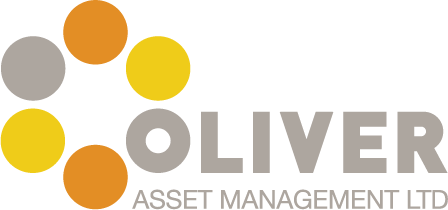Thanks to SLI & Prudential for hosting a dinner last evening; an informal round table (literally) discussion on the omnipresent RDR in Standard Life’s impressive office in George Street (must be money in them thar GAR’s)
Wherever IFA’s gather, there will never be shortage of opinion (and ego) and I usually go out of my way to avoid such gatherings for fear of developing a criminal record for some sort of assault or bodily harm.
That said, I’m getting better at containing my feelings (I think…) and being very selective as to whichever event I attend.
I”m still curious enough or too fearful of missing something to cut out attendance at industry bunfights completely, but have been to a few things of late that have taken away good hours of my life that I can’t get back.
I avoid anything that looks like a fund launch, investment view, product launch and especially anything organised by a compliance/network firm.
Technical information, business process structure and understanding improvement along with anything to do with bashing active fund management usually blows my skirt up.
Clearly I now get invited to very little.
What’s my point? Well, it was curious at the meeting last night about the wildly differing opinions on what, how & why the RDR might be (no surprise) for the businesses involved and the industry generally but…
The Elephant not mentioned in the room was, for me, who’s going to tell the public and when?
What are IFA’s doing to advise their current and potential future clients about what the RDR means for them?
After all, its going to impact them the most.
I’ve gone all overboard and written a “white paper” (very grand) on what RDR might mean for the consumer and if you’d like a copy, please let me know.
Be warned; it’s a weighty tome and you may lose several units of time from your life that you certainly won’t get back from me.
Let’s be having you.
Roland Oliver
11/11/11
